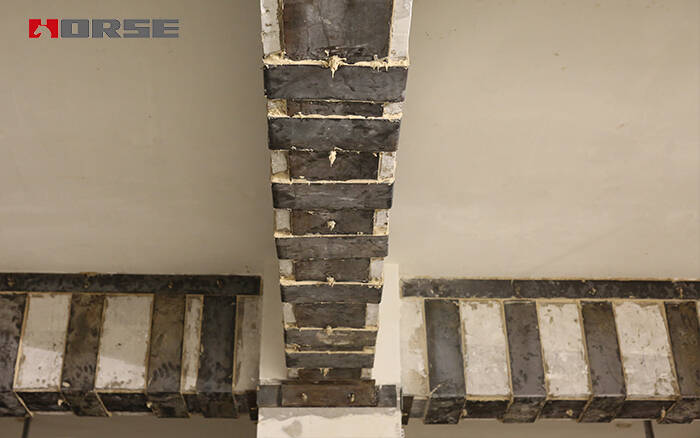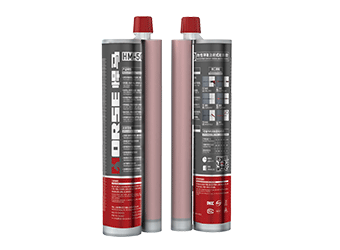Soluciones
La gama de negocios de construcción de caballos se extiende a todo el mundo y sirve a miles de clientes con productos, orientación técnica especializada en construcción, y somos testigos del reinicio de la marca china con ellos.
Reinforcement of cracks in reinforced concrete(RC) beams: Surrounding concrete; Steel plate bonding strengthening; CFRP strengthening; Grouting.

Brief introduction
Under the direct stress and secondary stress of the external load, the reinforced concrete beam causes the structure to bend and crack.
In the course of use, members are subjected to the long-term effect of the temperature difference of the four seasons. When the expansion shrinkage stress of the temperature difference is greater than the ultimate tensile strength of the component, it will crack.
There are many reasons for the crack in the component, including the design of the component, the uneven subsidence of the foundation, the quality of the construction, the quality of the material, the influence of the environment and so on. No matter any reason, the cracks will affect the body structure of the building. Therefore, in order to ensure the safety of the structure, the component can be strengthened.
The positation of the crack
Crack in the drawing area of the beam
Because the construction management is not in place when the concrete is poured, the poor steel bars which are not up to the standard are used, resulting in insufficient strength of reinforcing bars in the tensile area of the girder, and the removal of the mould in advance.
The construction load is more than the design load, or the concrete strength is lower than the design strength, and the use of the improper use of the load is much more than the original design load, making the beam tension zone cracks.
A slanting crack near the support of a beam
The concrete strength of the beam is lower than the design strength, the stirrup is not encrypted, the shear reinforcement is insufficient, and the concrete strength is lower than the standard strength at the time of overloading. The shear fracture can be produced by the low shear ability.
Cracks in the compression zone of the beam:
The height of the beam is small, some beams have not been calculated by the anti cracking check, the concrete is not vibrated, and the beam has long been deformed under the effect of annual temperature difference and diurnal temperature difference. The beam is dry and deformed under the condition of dry condition for a long time. The beam is crack under the comprehensive effect of temperature difference and shrinkage, and the width is narrow in the seam. The crack length is 3/5---4/5 of beam height, and the bottom is not cracked.

Reinforcement measures for concrete cracks
Surrounding concrete
Steel plate bonding
Grouting
Puede encontrar cualquier cosa que necesite, confíe en probar estos productos y encontrará la gran diferencia después de eso.

Tejido de fibra de carbono unidireccional de alta resistencia para refuerzo de compuesto de polímero reforzado con fibra (FRP).

Resina de anclaje epoxi, paquete de cartucho doble. Se inyecta en los orificios con la pistola dispensadora para plantar barras.

Adhesión de acero y hormigón, utilizada para el refuerzo sísmico de muchos edificios.